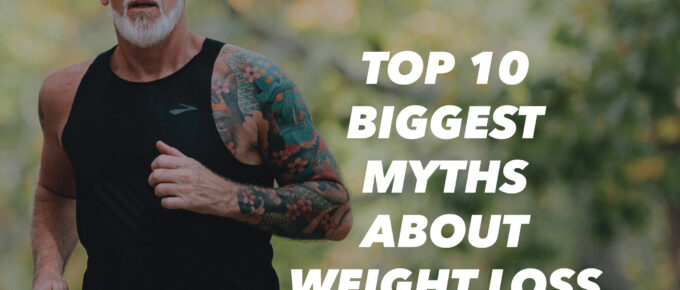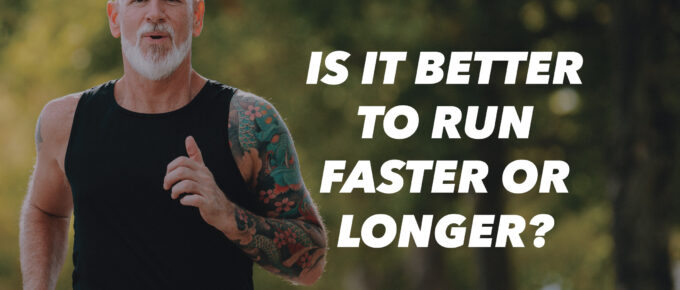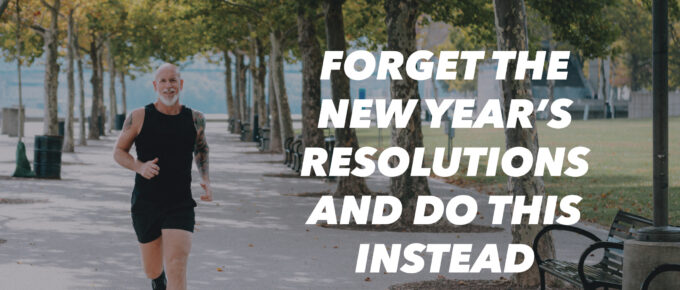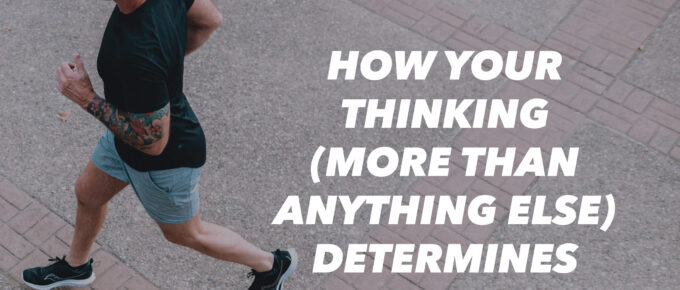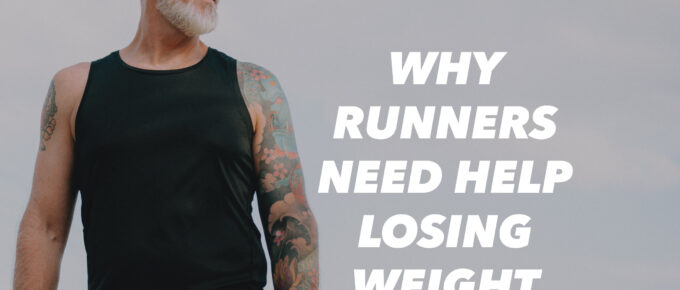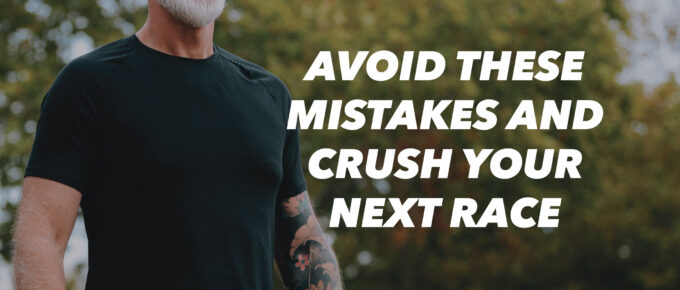There is so much information out there these days about the right and wrong way to lose weight. Do this, not that, eat this, not that, and all these different diets and exercise routines all …
Continue Reading about 271. Top 10 Biggest Myths about Weight Loss →

